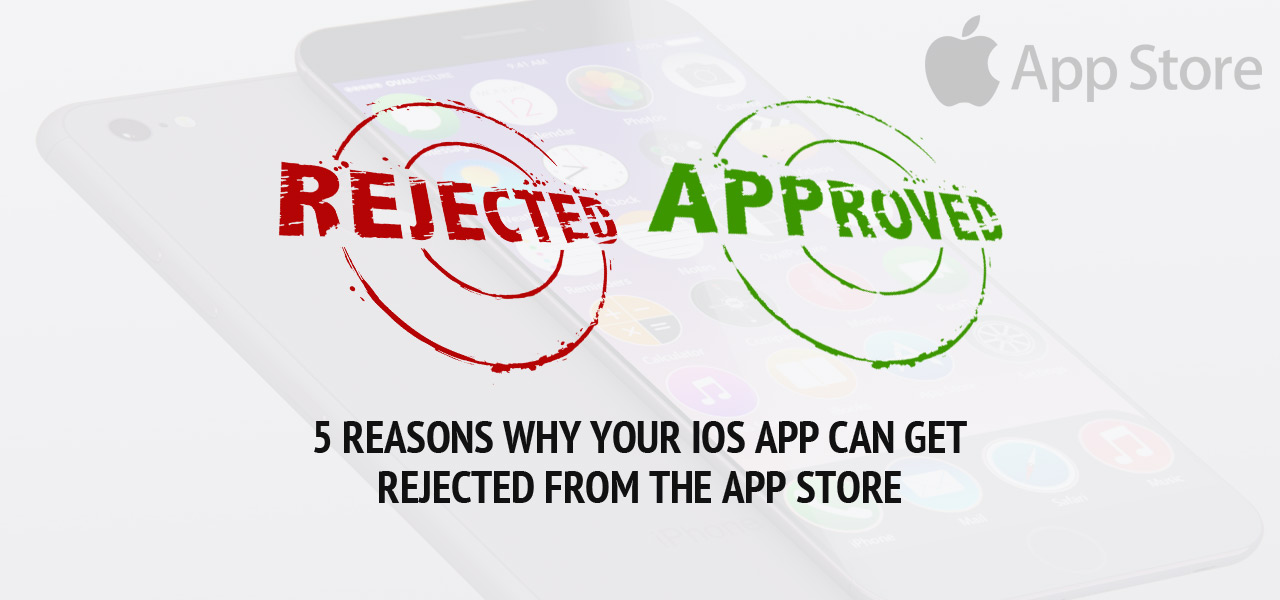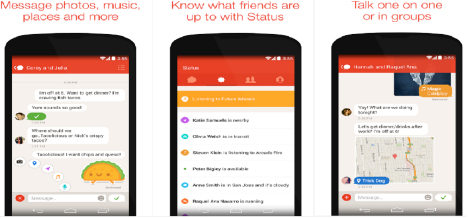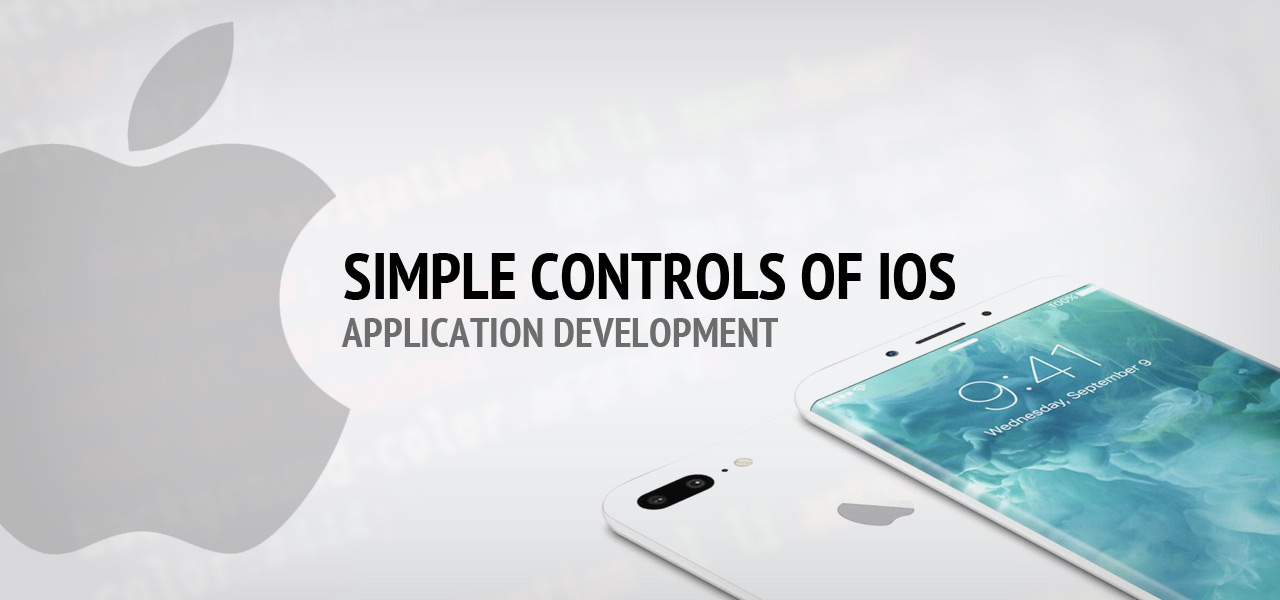5 Reasons why your iOS App can get rejected from the App Store

Designing and developing an iOS application is hard work. You put in months of research into your user base, test out various versions, redesign and sometimes redevelop certain components to make it work and look good. But come time to publish it on the App Store and you are hit with a rejection notice. Ouch!
If your app has been rejected by Apple more times than you can count, don't despair. You aren't alone. The company is notorious for rejecting apps and leaving several developers scratching their heads as to why.
Keep in mind, there are several reasons why Apple might reject your iOS app. Here are 5 reasons that app owners often overlook -
1 - It Takes too Long to Load
Considering that slow loading apps are often abandoned later, Apple's stance on rejecting such products is pretty understandable. App owners often use heavy graphics and additional features to make their applications look good. But while this may make their products look appealing, they increase the time it takes for them to work. And this can come back to bite them,
All operating systems enforce a maximum startup time for apps and iOS is no different. If your users can't start using your product within the stipulated time, the OS will kill it. Of course, there are other factors that can slow startups and they are beyond your control. For example, hardware limitations on certain iOS devices might be a reason. To counter this, make sure that you test your app on multiple devices before trying to publish it on the App Store.
2 - Boring Content
If the content on your mobile app looks like it would suit a website better, it might face a rejection. Keep in mind, mobile experiences are vastly different from web experiences and your users will expect it to be so as well.
Apple's stance in this regard is pretty understandable. Users don't have any reason to open your app, interact with it or even come back to it if it does not offer native functionalities. So if your content does not represent any, regardless of whether your app has them, no one is going to download your application.
The best way to appease Apple is to fill your descriptions and the app with relevant and useful content or features.
3 - Your UI Needs Improvement

A boring UI is as vulnerable to a rejection as boring content. Apple is very particular about the attractiveness of the apps that try to get published in its online store. If your app doesn’t pass muster, it might be time to go back to the UI design board.
Don’t worry. There are only a few things that you need to keep in mind if you want to pass this test. App Store guidelines expect every application to have layouts that are polished, logical and convenient. In other words, they must look refined, should lay out information in easily digestible formats and should be easy to use. Give some time to your app’s look before you launch it. It should reflect your business and look appealing to users as well. Go for a theme and make sure that it spreads out throughout every page. This will make the experience more intuitive and seamless for users. Plus, it will spare you from a rejection.
4 - Bugs
Every developer knows that apps must be tested for bugs before they can be released to customers. Apple thinks so too and will reject your app if it finds too many bugs. It is easy to see why. Bugs compromise user experience. Regular QA tests ensure that your app is bug free throughout the development process.
5 - Misleading Data
It is surprisingly common for app developers to submit app data that is totally or partially contrary to what their applications are all about. For example, your product should offer everything it promises users in the description. Apple rejects apps that fail to fall within these criteria.
Don't expect Apple to tell you why it rejected your app. The company is notorious for this and developers are often forced to figure out the problem themselves. The points mentioned above will serve as a handy checklist and ensure that you don't look in the wrong place.
About The Author
Related Blog
View All-
Simple Controls of iOS Application Development
Hello fellas, Here, we discuss something about designing iOS Application development. Some basic controls which helps you to start your basic application development. I am here to discuss basic controls with Swift Environment. But, designing is not depends on programming ...
-
Test Your Creativity Skills with 10 Creative Great iOS Games of 2016
Some people love to play art games. We all know that art games are fun, creative, and easy to play. These creative things are on your smartphones now. You can play creative iOS game everywhere. Be an artist, show your skills, and play creative games on your iPhone. ...







